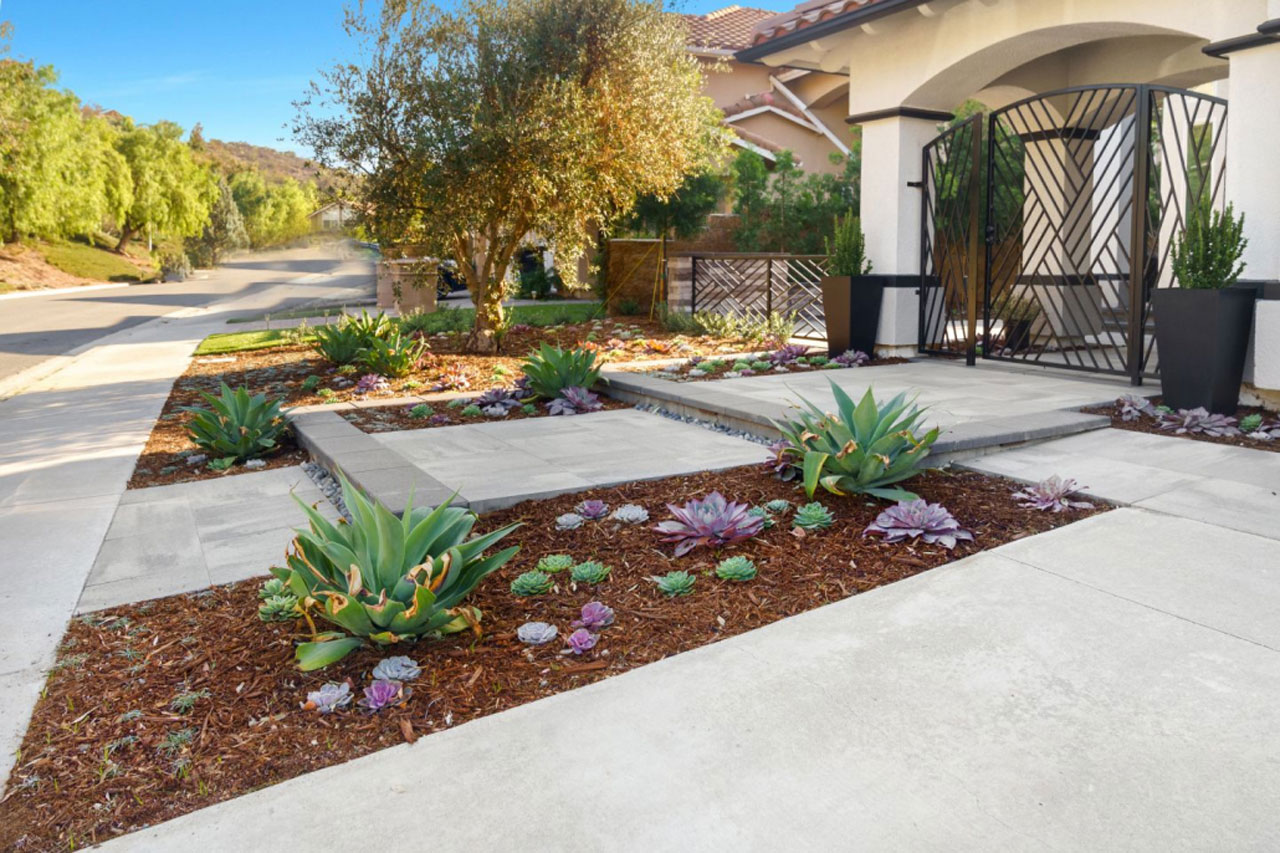
The most important aspects of landscape design are simplicity and balance. All other elements that make landscaped gardens attractive can be found under these two umbrella terms.
It's remarkably difficult to plan a garden with the principles of simplicity and balance in mind. That's why it's best to trust professional landscape designers. They have the understanding to create a space that uses textures and forms in interesting ways that tie the yard together into one united whole.
You know you've achieved balance when you look at your backyard and feel satisfied that it's a job well done. You've still got work to do if you look at your backyard and feel like something is unsettled.
Go back to the drawing board with your landscaper to design a different arrangement that provides greater harmony and is easier on the eye.
Important factors that contribute to balance include the following:
There are two types of balance in landscaping: symmetrical and asymmetrical.
This is when one half of the garden mirrors the other. For example, say you have a walkway dividing your garden in two. If you place two pots of yellow flowers on the right side, you must add two pots of yellow flowers exactly opposite to the left side.
You can use symmetry in small and large gardens, but it works best in large spaces.
This is best for homeowners who want a more organic look that blends with nature. What looks like random placement initially becomes balanced when the project is complete, and the garden comes together in a way that makes you feel comfortable.
The process has been described as weighing both sides of the garden on a set of scales. Symmetrical balance is when exactly the same elements are placed on both sides to keep them even.
Asymmetrical balance is when certain elements are placed on one side of the scale, and different elements are placed on the other side, but the weight evens out in the end.
Simplicity is the use of minimal features or elements to the best effect to create a garden that is imbued with calm and peacefulness.
Simple does not mean boring, and you can have a couple of focal points surrounded by understated beauty. An interestingly shaped water fountain can be a focal point near your front door, with a lush lawn, simple flower beds, and a rockery pulling it all together—your curb appeal immediately increases.
Simple is the judicious use of space and avoiding clutter. Statuary, water fountains, ponds, zen gardensZen gardens, also known as Japanese rock gardens or Karesansui, are minimalist landscapes designed t..., dense hedgesHedges are rows of closely planted shrubs or small trees that are trimmed to form a continuous barri..., raised flower beds, tall trees, and topiaries are simple enough on their own. However, when they're thrown together, the result is overwhelming and confusing because you don't know where to look. It makes a small space look even smaller, and it can blow balance out of the water.
When you're aiming for simplicity, it's a good idea to link elements in your home and garden. For example, if you have a grey rug with white swirls in your living room, you can have a grey rug with white swirls on your deck.
Several other elements in garden design contribute to the overall look and feel of your backyard.
It's obvious that landscape design is far more than planting a couple of flower beds with a bird bath and a grouping of succulentsSucculents are a group of plants known for their thick, fleshy leaves or stems that store water, mak.... Landscape projects are a science with all the concepts above and soil type and drainage.
With this in mind, it's only logical to hire an expert landscaping company like West Hills Masonry to create landscapes that are simple, balanced, and have a beautiful appearance.
To plan and start your landscape design and project, call us at 714-519-5009 to book an appointment with West Hills Masonry today!
 Carlos Gonzales
Carlos GonzalesLocations We Serve
Schedule A Consultation